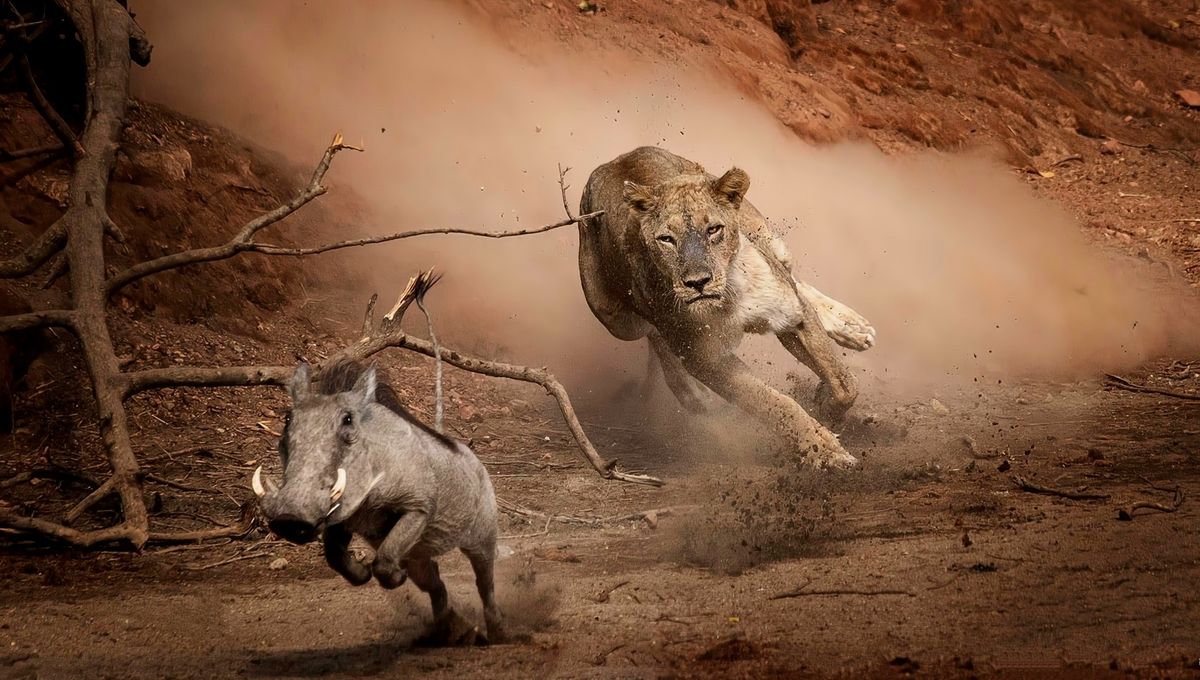
Which of Earth’s large land mammal predators is the most effective, prolific, and ferocious? It depends, of course, on what exactly you’re asking and how you’re defining these terms, but a new study was weeded through the nitty gritty to provide some answers.
Ecologists at Deakin University in Australia found that lone carnivores – like brown bears and solitary big cats like tigers and lynx – tend to have higher “per capita kill rates” than social predators – such as wolves, hyenas, and group-oriented felids like lions.
In other words, solitary carnivores kill more individuals than group hunters.
Per capita kill rates simply refer to the number of prey successfully hunted per individual hunter. While it’s a good way to gauge a predator’s impact on the environment, it’s not the only factor to consider.
The size of the prey, relative to the predator, is also an insightful metric; 20 shrews probably wouldn’t satisfy a solitary carnivore, but one deer could be an abundance. Likewise, a single deer split between 20 pack predators probably wouldn’t go very far either.
When you consider the amount of meat available to each individual, the new analysis found that group animals can take down larger prey and, despite sharing, can get more bang for their buck in terms of calorific content.
In turn, this means that social predators, on average, don’t tend to hunt as often as solitary predators. Working as a team has its advantages, even if it does mean splitting the spoils occasionally.
Predation doesn’t just take from the environment, though, and kill rates alone don’t fully explain how carnivores impact ecosystems. The study notes how Eurasian lynx, African wild dog, puma, and cheetah all kill approximately twice as much live biomass than they are able to eat. Likewise, large carnivores may abandon on average nearly a third of edible meat from their kills.
Much of the remaining biomass is left as carrion for scavengers, although the relationship between predators and scavengers isn’t clear-cut as you might assume. For instance, hyena famously scavenge from lions, but lions often steal meat from hyenas too.
The research is a first-of-its-kind review into the kill rates of large terrestrial mammalian carnivores. Reviewing nearly 200 scientific papers, the team studied the predatory success of large land-based carnivorous mammals weighing 15 kilograms (33 pounds) or more. They also included four smaller species that don’t fit that quota – coyote, wolverine, fossa, and the Tasmanian Devil – as they’re considered apex predators in their own ecosystems.
Despite the wealth of data, the researchers found lots of gaps in information. The majority of studies on kill rate had come from North America, with significantly less from Africa and Europe. Very few had been carried out in Asia and no reliable data had been published about Australia.
As a general rule, the study concluded that group-living carnivores tend to have lower per capita kill rates than solitary ones.
However, it’s tricky to draw simple comparisons because different species operate in very different ways. Canine predators, such as wolves and African wild dogs, often rely on length pursuits over long distances that effectively obtain prey by wearing them down over long periods.
By comparison, cats tend to use an ambush-hunting strategy that relies on stealth and intense bursts of speed. Many carnivores are also part-time scavengers, hijacking the hunting success of other animals.
Writing about the research for The Conversation, Luke Emerson and Euan Ritchie, two of the study authors from Deakin University, conclude by saying that Homo sapiens are the best biggest killer and remain “the dominant predator across Earth.”
For all our ruthlessness, we might not be the most efficient, though. A top contender for that title is the black-footed cat, the smallest wildcat in Africa, with a hunting success rate of 60 percent, which is ridiculously high for a land carnivore.
The new study is published in the journal Biological Reviews.
Source Link: Bear Vs Lions Vs Wolves: Which Land Mammal Is The Most Ferocious Predator?